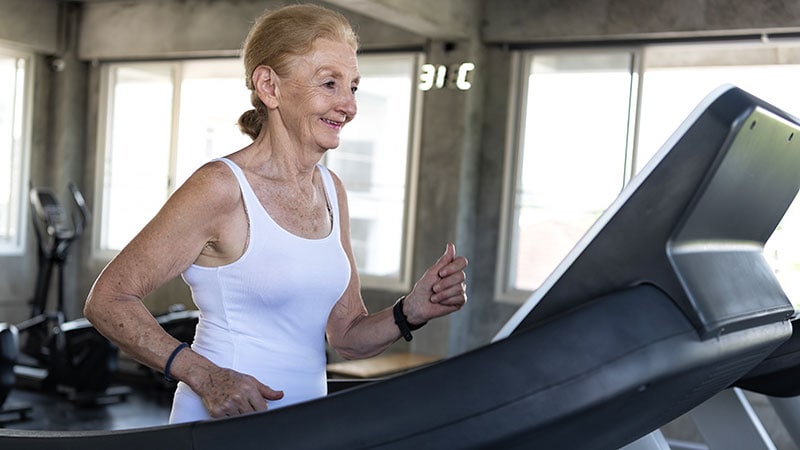Core Concepts
COP is a valuable predictor of health outcomes.
Abstract
The content discusses the controversy surrounding the cardiorespiratory optimal point (COP) as a predictor of longevity and heart failure severity. It contrasts the COP with the VO2 max test, highlighting the benefits and drawbacks of each measurement. Various studies and expert opinions are presented to support the utility of the COP in assessing cardiovascular health and predicting mortality.
Highlights
COP as a predictor of longevity and heart failure severity
Comparison with VO2 max test
Expert opinions on the value of COP in clinical care
Studies linking COP values to heart lesions, mortality, and heart failure prognosis
Gender differences in COP's predictive power
Potential applications of COP in clinical settings
Is This Cardiac Measure the Best Predictor of Early Death?
Stats
The COP is a measure of the minimum number of liters of air during breathing required to move one liter of oxygen through the bloodstream.
COP values: 15 for a fit person, 20-25 for a healthy person, and 35 for someone with heart failure.
Higher COP values associated with more severe heart lesions, higher mortality, and worse prognoses in heart failure patients.
Quotes
"I worry about saying we're going to settle for a parameter that can be achieved at 50% of peak VO2 and then we don't exercise our patients." - Anu Lala, MD
"We have a new player in the game." - Claudio Gil Araújo, MD, PhD
Key Insights Distilled From
by Marcus A. Ba... at www.medscape.com 06-13-2023
https://www.medscape.com/viewarticle/993144
Deeper Inquiries
How can the COP measurement be integrated into routine clinical practice effectively?
The COP measurement can be effectively integrated into routine clinical practice by incorporating it as a quick and easy assessment tool for patients. Since the COP can be obtained with minimal effort compared to maximal exercise tests like VO2 max, it can be utilized in a wide range of patients, including those who may not be able to undergo strenuous exercise. Clinicians can easily measure the COP during a simple treadmill or bike test, making it accessible for most individuals. Additionally, the COP values can provide valuable insights into a patient's cardiovascular health and efficiency of oxygen transport, allowing healthcare providers to monitor progress and make informed decisions regarding treatment plans.
What are the implications of the gender differences in COP's predictive power?
The gender differences in COP's predictive power highlight the need for further research to understand the discrepancies observed. While a worse COP was significantly associated with an increased risk of earlier death in males, this finding did not hold for females. This suggests that there may be underlying physiological or biological factors that influence how COP predicts outcomes differently in men and women. Understanding these gender differences is crucial for tailoring healthcare interventions and prognostic assessments to account for individual variations. Further studies exploring the impact of gender on COP's predictive power can help improve the accuracy and applicability of this measurement in clinical settings.
How can the healthcare system balance the use of COP and maximal effort tests for patient care?
Balancing the use of COP and maximal effort tests in patient care involves considering the unique benefits and limitations of each assessment method. While maximal effort tests like VO2 max provide comprehensive insights into cardiovascular endurance and overall health, they may not be feasible for all patients due to the strenuous nature of the test. On the other hand, the COP offers a simpler and less demanding alternative that can still provide valuable information about oxygen transport efficiency and heart-lung interaction.
To strike a balance, healthcare providers can incorporate both COP and maximal effort tests based on individual patient needs and capabilities. For patients who can tolerate maximal exercise, conducting VO2 max tests can offer detailed cardiovascular data. In contrast, for individuals who may struggle with intense exercise, the COP can serve as a practical and accessible measurement tool. By utilizing a combination of both assessments, healthcare professionals can tailor treatment plans and monitoring strategies to optimize patient care while considering factors such as patient comfort, ability, and clinical goals.
0
